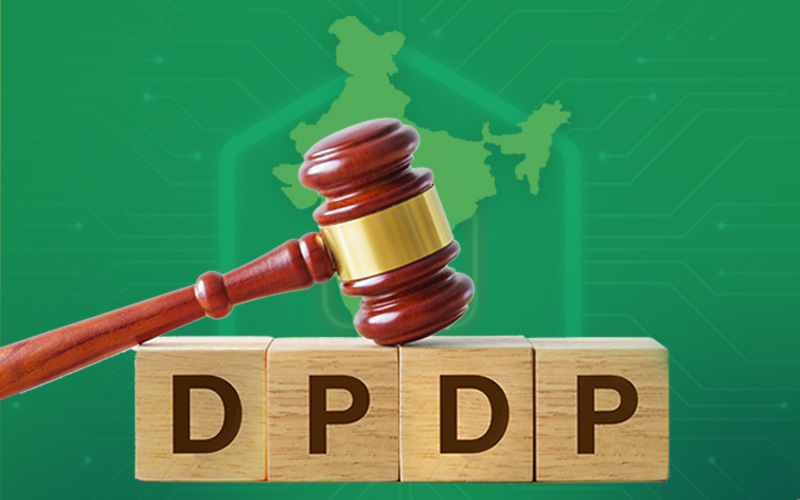Third-parties are heavily reliant on their sub-contractors who are not thoroughly vetted due to a lack of stringent processes concerning Third-Party onboarding or it’s not a board decision yet. Often small and medium companies and in quite a few cases, large organizations do not have sufficient oversight on sub-contractors of their Third-parties which are essentially Fourth-Parties. (The typical organization has indirect relationships with 60x to 90x the number of fourth parties.) Supply Chain attacks are increasing by the day Such lack of oversight exposes an organization to security, financial, reputational, operational, concentration, and strategic risk and often results in downstream liability.
Managing your Third-parties and protecting your organization from risks in itself is a complex task which uses resources extensively. Going a level deeper and vetting the security of their sub-contractors is a nightmare and tedious exercise but should not be overlooked.
Regulated industries such as Banking, Insurance, Trading, Pharma etc. have stringent requirements that organizations comply with. Non-compliance will attract regulatory fines and reputational damage which has far-reaching negative consequences. (50% of organizations don’t monitor third parties with access to sensitive and confidential information.)






